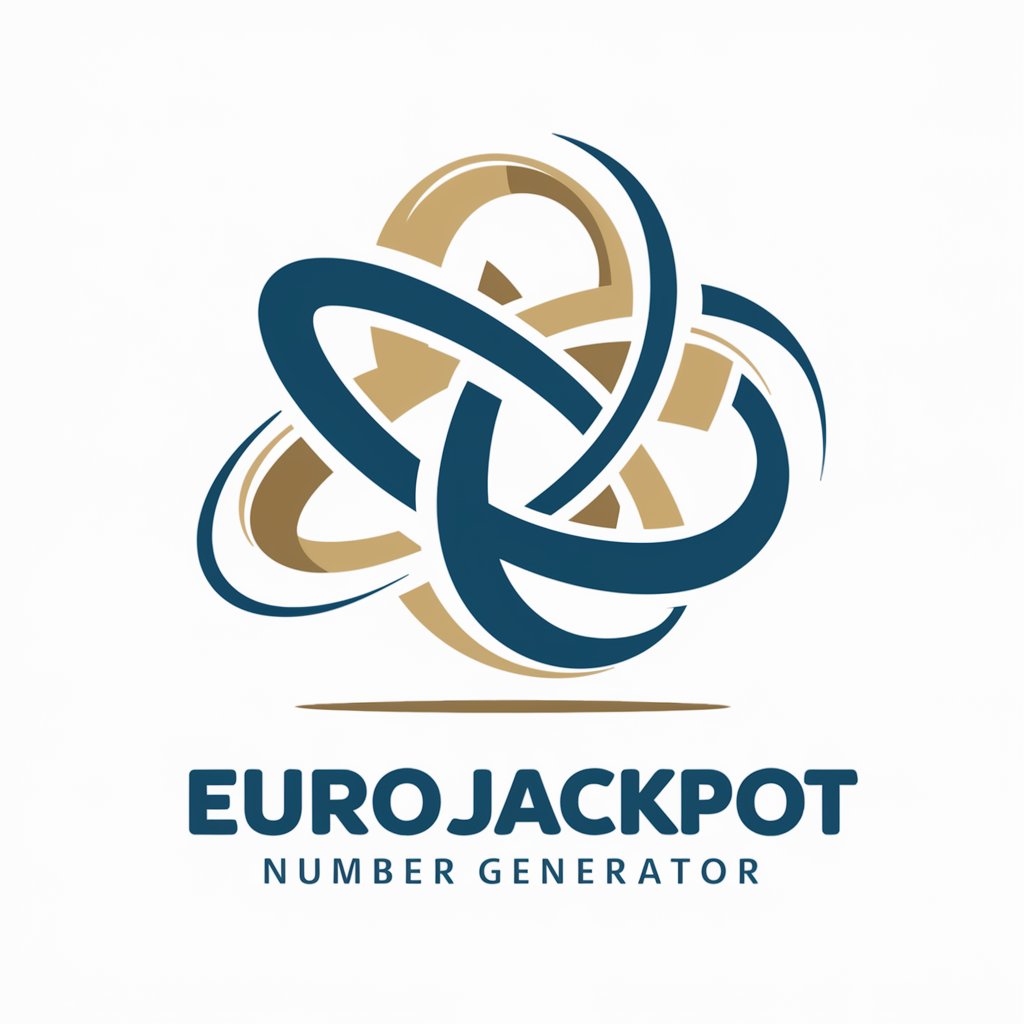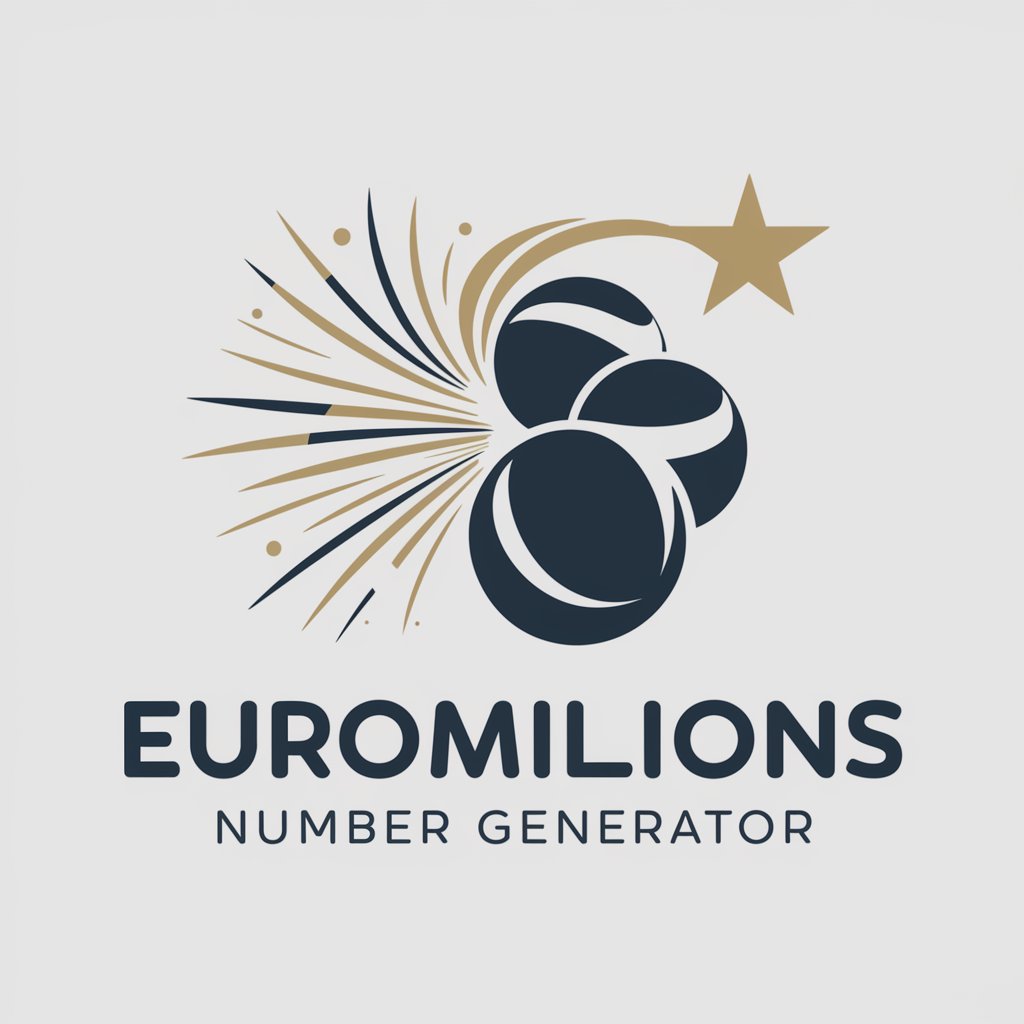7 GPTs for Random Generation Powered by AI for Free of 2026
AI GPTs for Random Generation refer to advanced generative pre-trained transformers designed for producing diverse, random outputs. These AI models are specialized in generating content that spans from text, images, to data patterns, tailored to specific needs within the Random Generation domain. Their relevance lies in their ability to simulate creativity, produce varied solutions, and assist in brainstorming processes across various fields. By leveraging the power of GPTs, users can obtain customized, unpredictable outputs, making these tools invaluable for innovation, problem-solving, and entertainment.
Top 7 GPTs for Random Generation are: 재미로 하는 로또 645 행운번호 만들기,EuroJackpot Number Generator,행운의 로또 번호 추천 봇,Lotto Number Advisor,Euromillions Number Generator,Lucky Chance🐞,Coin Flip Pro
재미로 하는 로또 645 행운번호 만들기
AI-powered lucky number generator for Lotto 645.

EuroJackpot Number Generator
Optimize Your Lottery Strategy with AI

행운의 로또 번호 추천 봇
Unlock Luck with AI-Powered Lottery Insights

Lotto Number Advisor
Strategize Your Play with AI-Powered Lottery Insights

Euromillions Number Generator
Luck at Your Fingertips: AI-Powered Euromillions Numbers

Lucky Chance🐞
Chance Decisions, Powered by AI

Coin Flip Pro
Flip a coin, let AI decide your fate.

Key Attributes and Capabilities
AI GPTs for Random Generation exhibit adaptability and versatility, enabling them to cater to both simple and intricate requirements. Key features include advanced language models for generating coherent and contextually relevant text, image creation capabilities for artistic and design purposes, and data analysis tools for identifying patterns and generating random data sets. These models support technical queries, web searching, and language learning, setting them apart in their ability to offer comprehensive, tailored solutions across the Random Generation spectrum.
Who Stands to Benefit
The primary users of AI GPTs for Random Generation include creatives seeking inspiration, developers in need of unique data sets, and professionals looking for innovative solutions in their field. These tools are accessible to novices without programming knowledge, thanks to user-friendly interfaces, while offering extensive customization options for those with technical expertise, thus catering to a wide range of users interested in exploring the potential of random generation.
Try Our other AI GPTs tools for Free
Driver's License
Explore AI GPTs for Driver's License: cutting-edge tools designed to streamline the process of obtaining and managing driver's licenses with tailored AI solutions.
Speculative Inspiration
Explore the frontier of innovation with AI GPTs for Speculative Inspiration, your gateway to generating novel ideas and visualizing future possibilities through advanced artificial intelligence.
Standards Education
Unlock the potential of Standards Education with AI GPTs: Tailored, interactive learning solutions designed to demystify complex standards and regulations.
Procedure Training
Discover how AI GPTs are transforming Procedure Training with adaptive learning paths, real-time feedback, and personalized experiences, making learning more interactive and efficient.
Maintenance Instruction
Discover AI GPTs for Maintenance Instruction: revolutionizing how we create, understand, and optimize maintenance guides with AI-driven precision and adaptability.
Vehicle Analysis
Discover the power of AI GPTs in Vehicle Analysis for real-time diagnostics, predictive maintenance, and optimized vehicle performance.
Further Exploration into AI GPTs
AI GPTs for Random Generation offer a unique blend of creativity and technology, providing solutions that are as unpredictable as they are valuable. Their integration into various sectors demonstrates their versatility and capacity to enhance creativity, problem-solving, and innovation. With user-friendly interfaces, these tools are not only accessible but can also be seamlessly integrated into existing workflows, marking a significant step forward in the utilization of AI for creative and analytical purposes.
Frequently Asked Questions
What exactly is Random Generation in AI GPTs?
Random Generation in AI GPTs refers to the process of creating unpredictable, diverse outputs using generative pre-trained transformers, ranging from text and images to data patterns.
Who can use AI GPTs for Random Generation?
Anyone from novices to professionals in various fields can use these tools, especially those looking for innovative solutions or creative inspiration.
Do I need programming skills to use these GPTs tools?
No, many AI GPTs tools for Random Generation are designed with user-friendly interfaces that do not require programming skills for basic operations.
Can these tools generate images as well as text?
Yes, many AI GPTs for Random Generation are capable of generating both coherent text and creative images, tailored to user requirements.
How do these tools help in data analysis?
They can generate random data sets and identify patterns, aiding in statistical analysis and predictive modeling.
Can I customize the output of a Random Generation GPT?
Yes, these tools often allow for extensive customization of outputs, enabling users to tailor the results to their specific needs.
Are AI GPTs for Random Generation useful in education?
Absolutely, they can be used for language learning, creative writing prompts, and problem-solving exercises, making them versatile educational tools.
What makes AI GPTs for Random Generation unique?
Their ability to produce varied, unpredictable outputs tailored to specific user needs, combined with their adaptability across different forms of content, sets them apart.